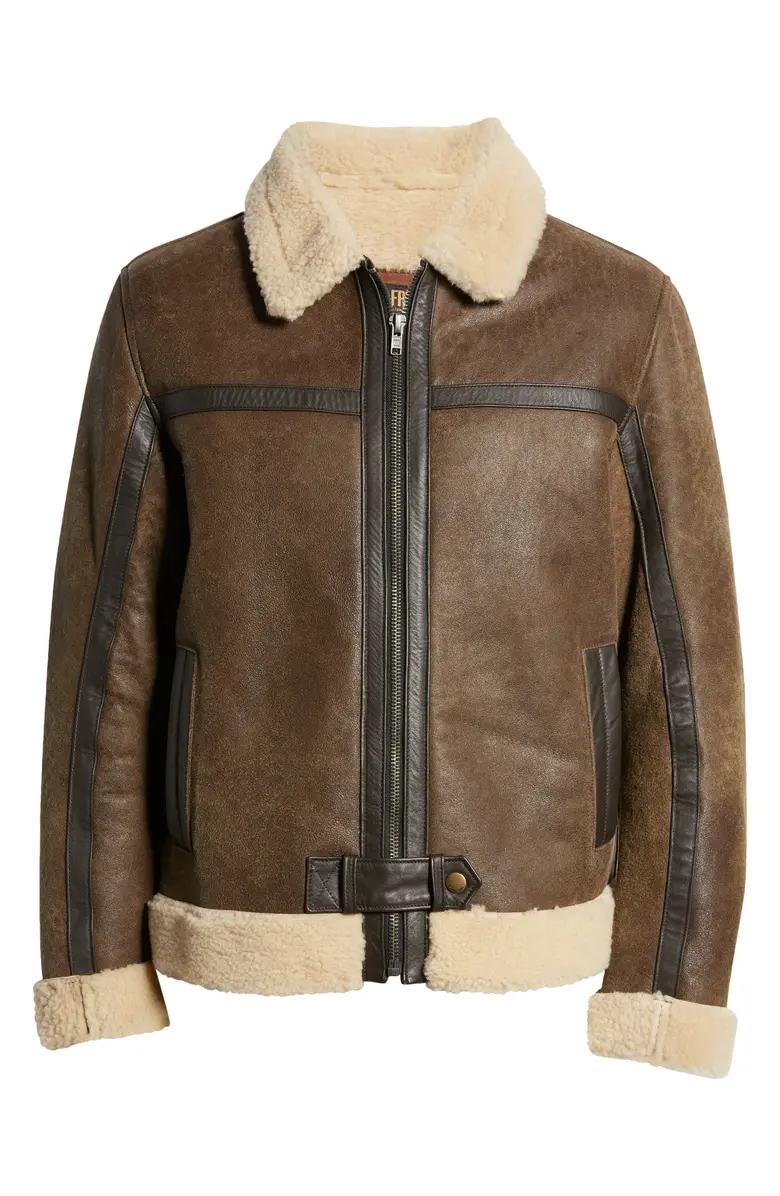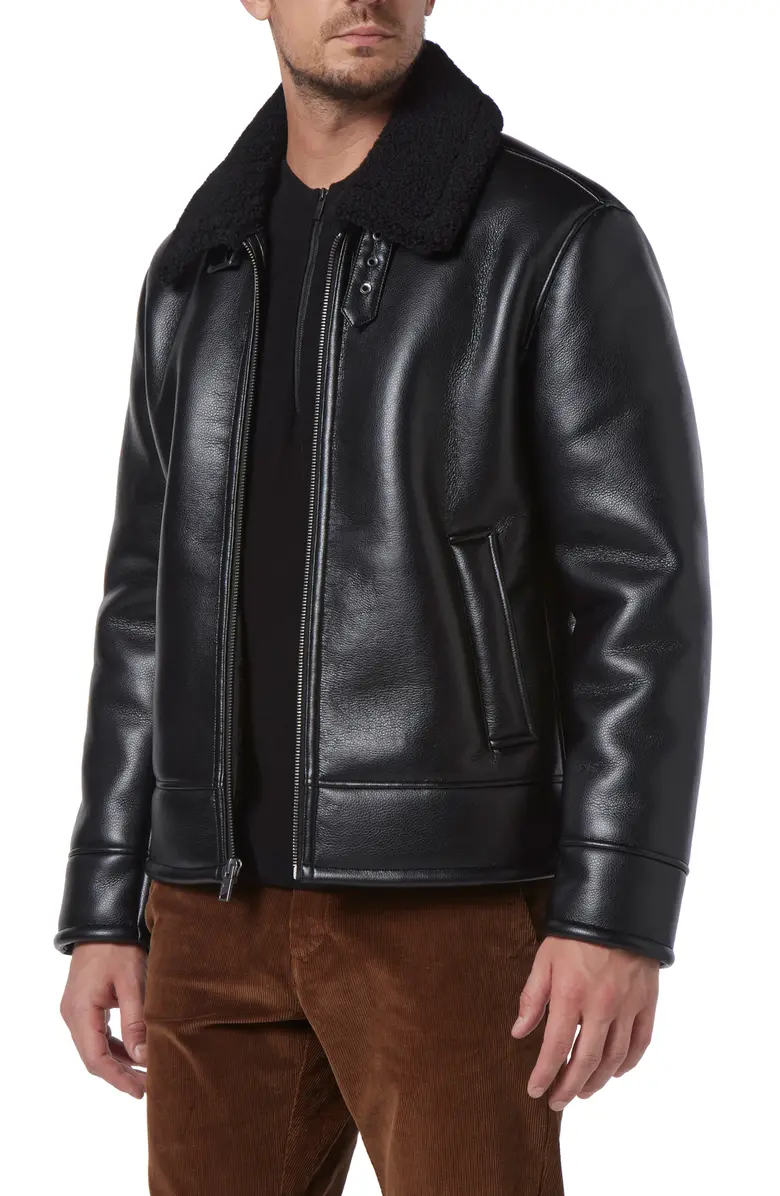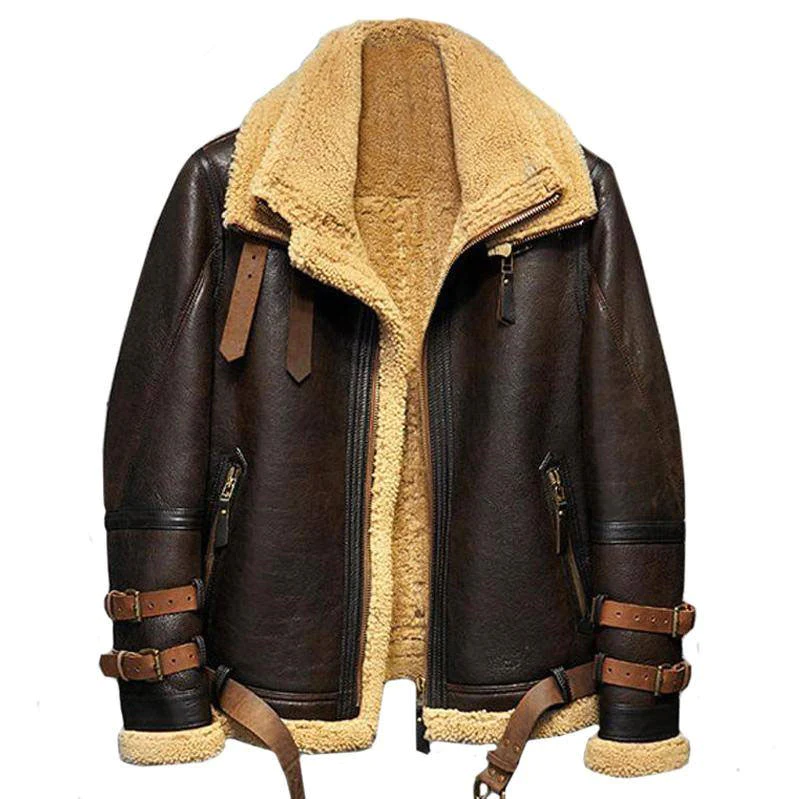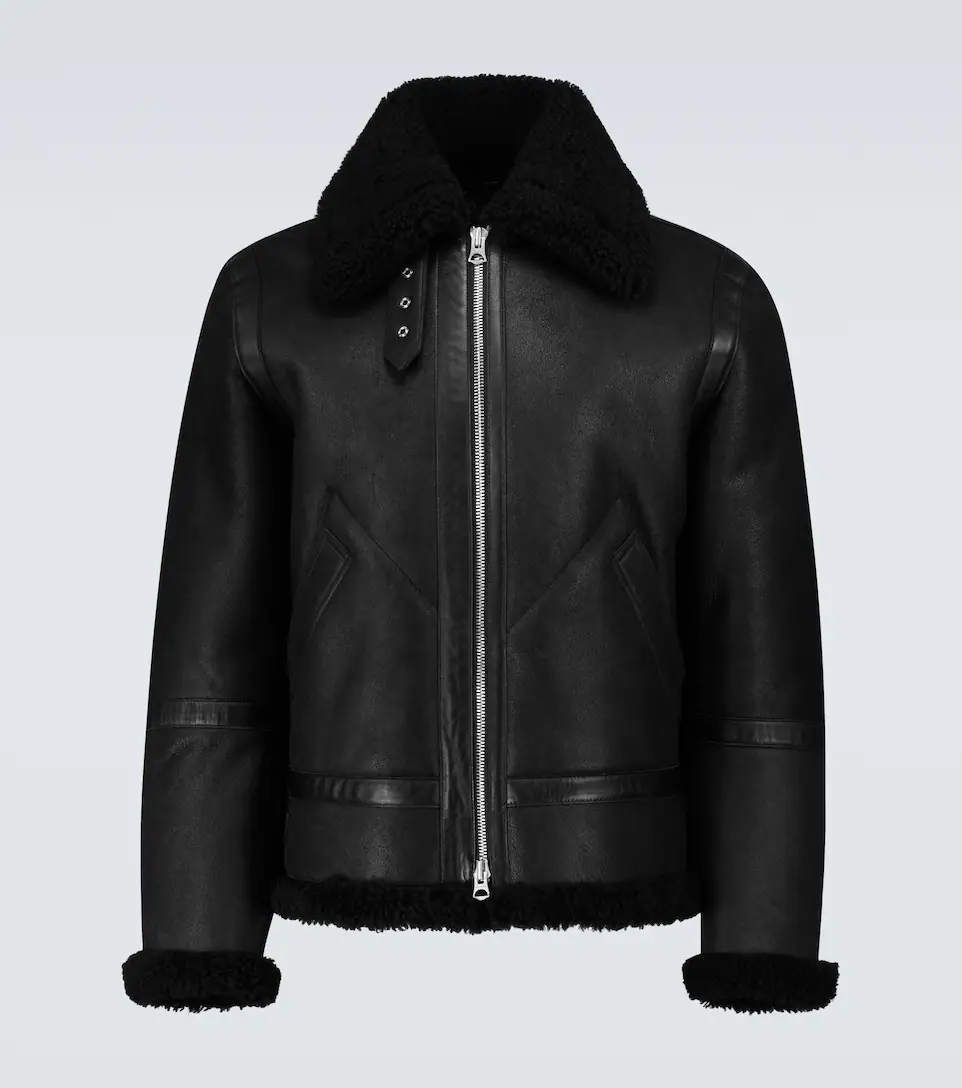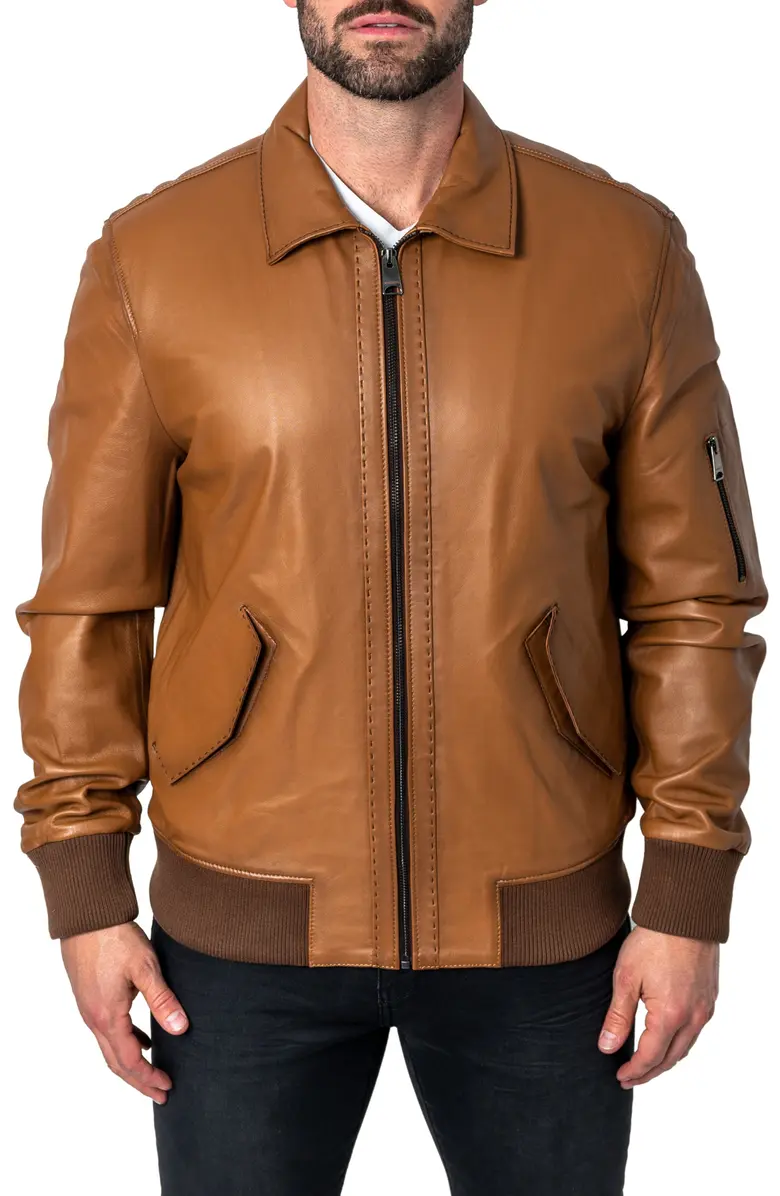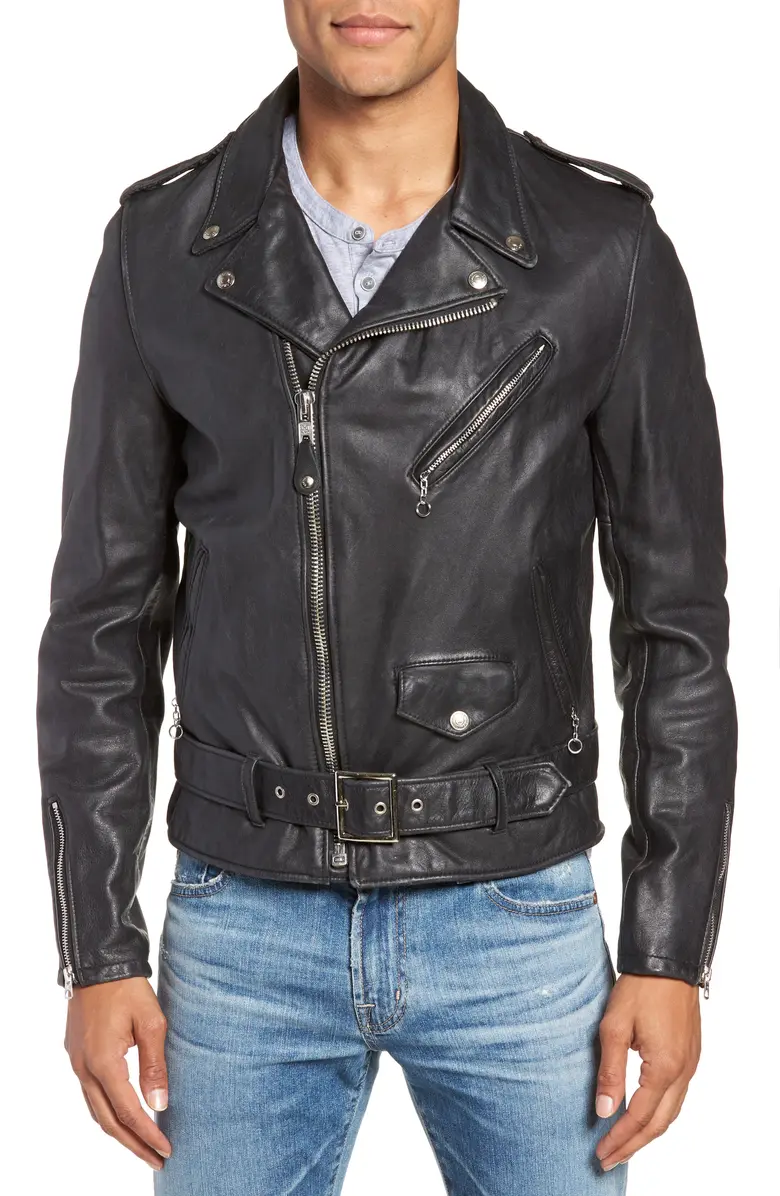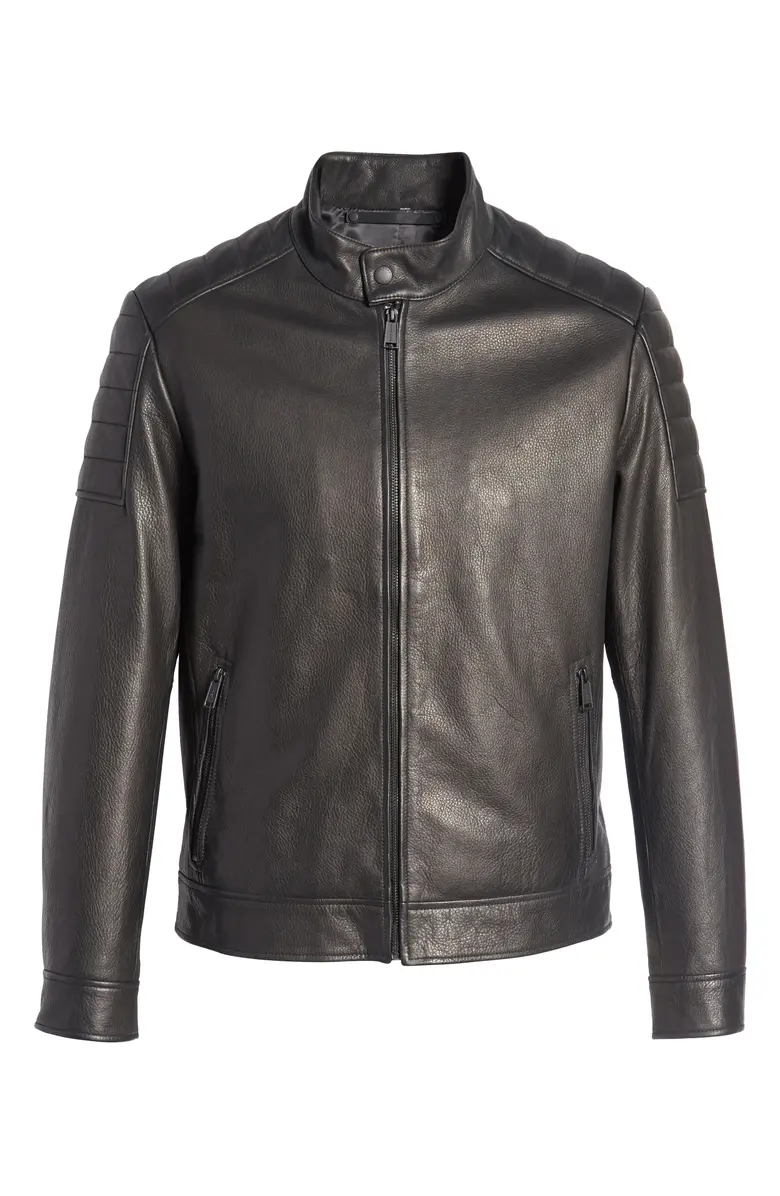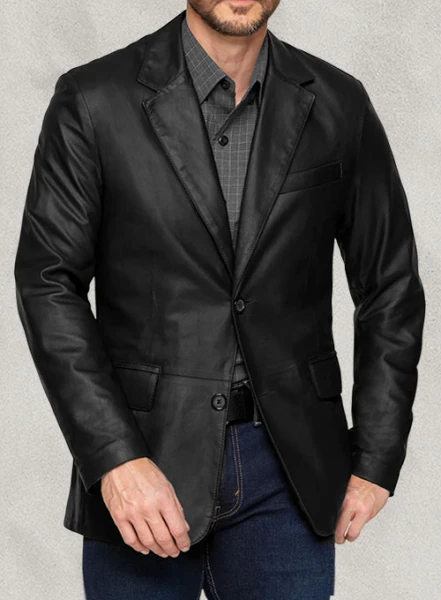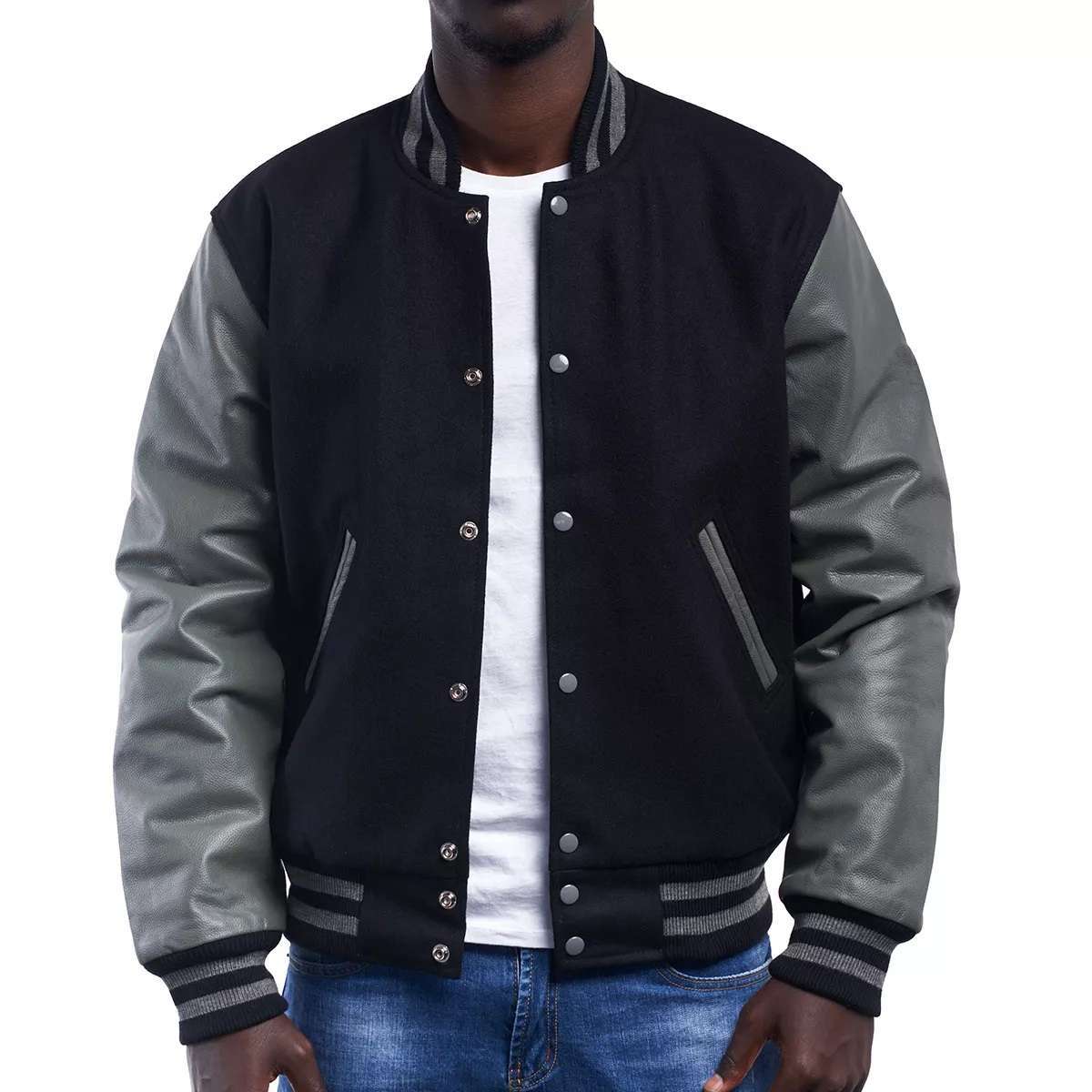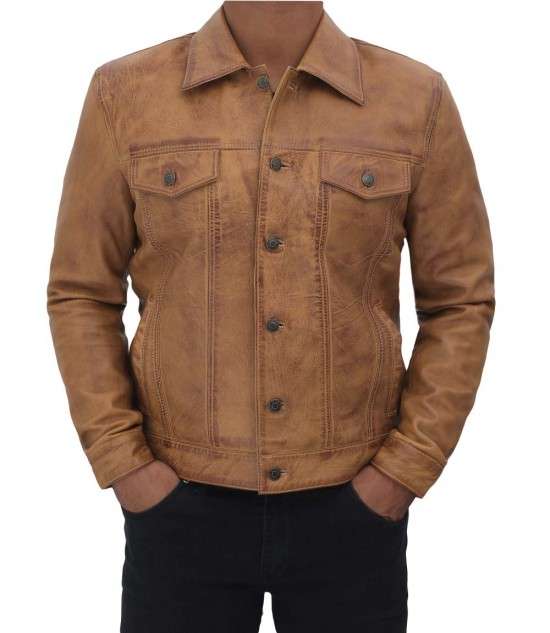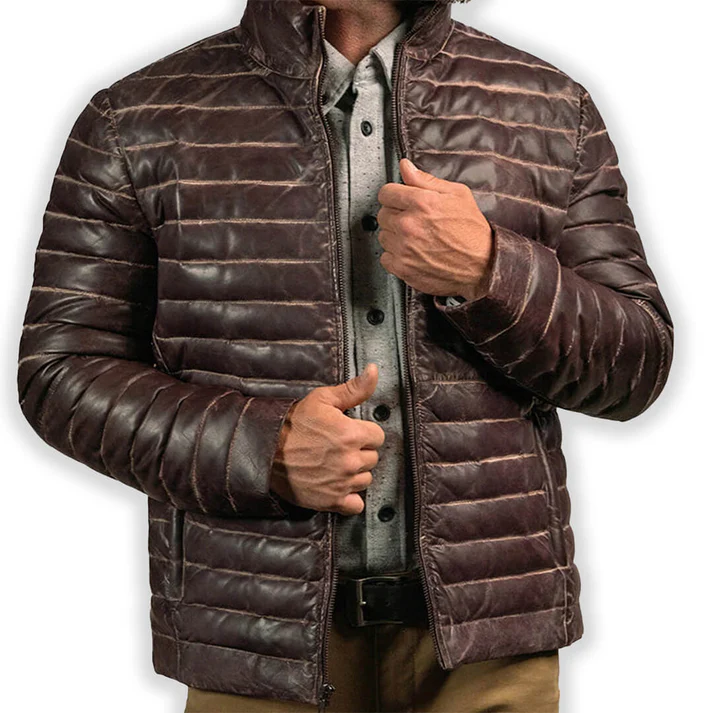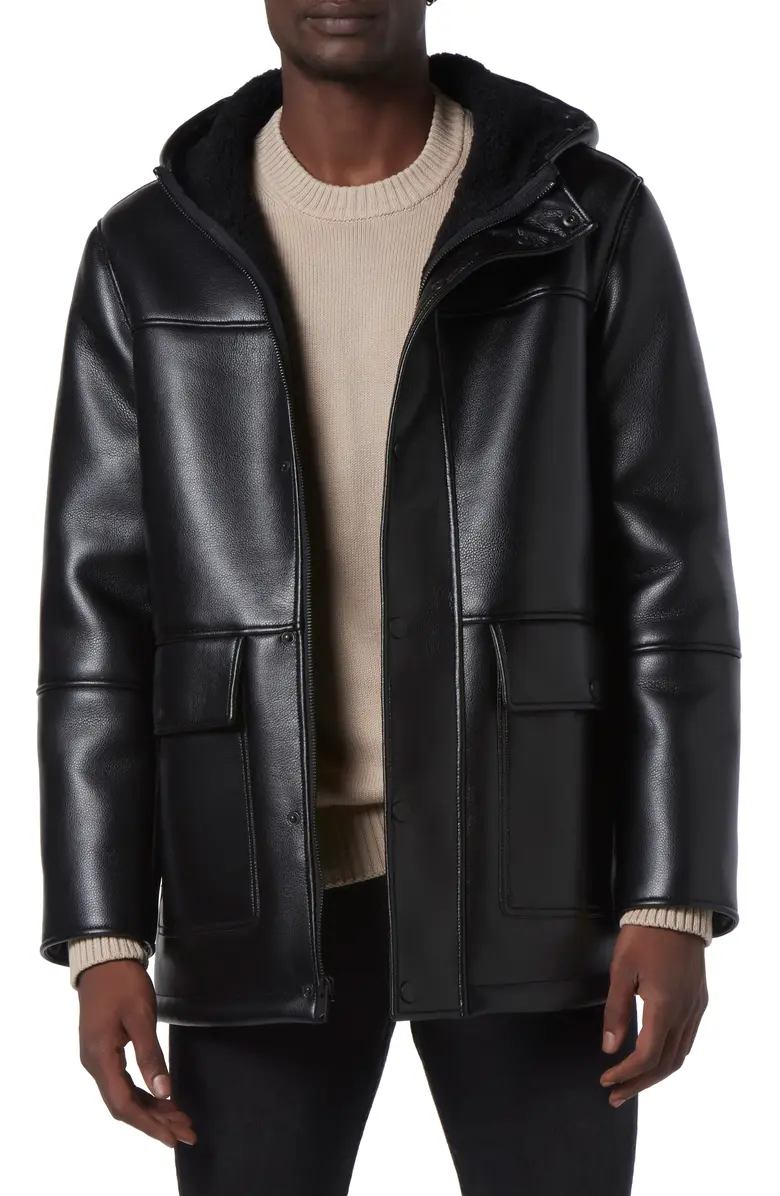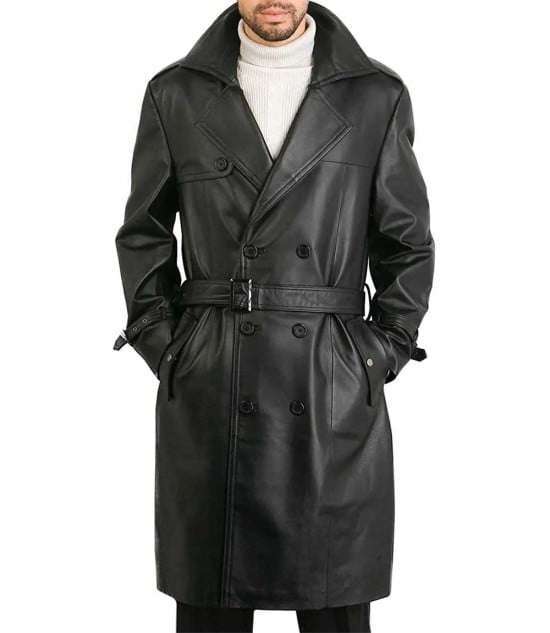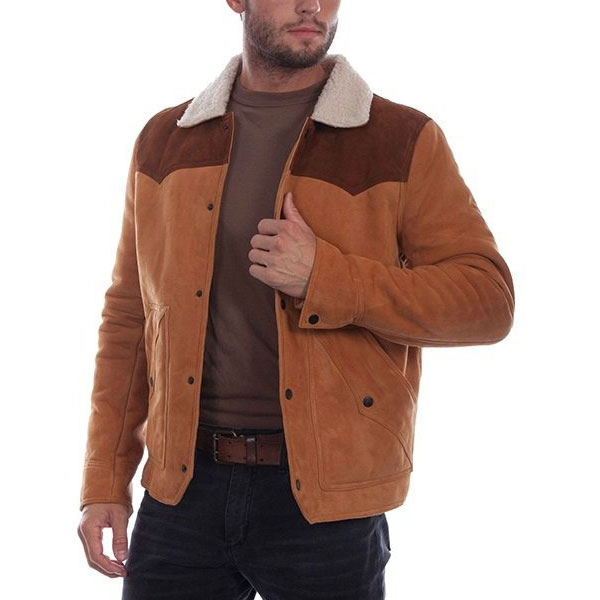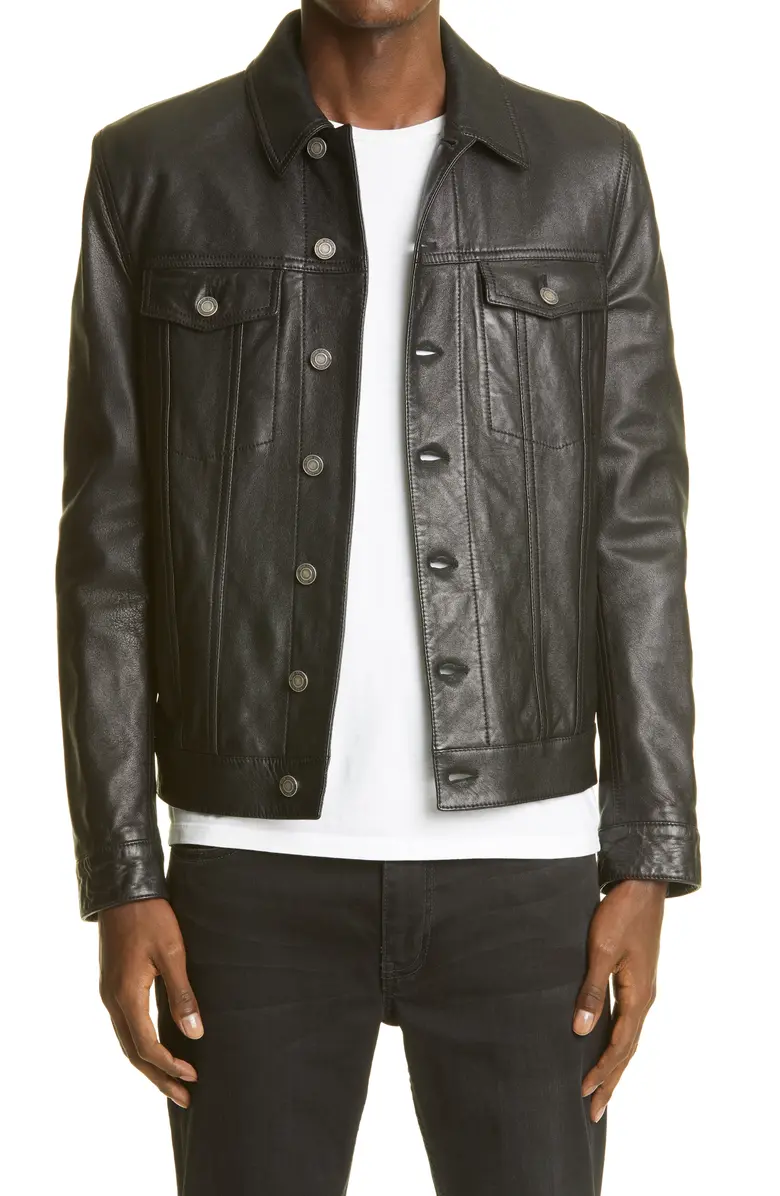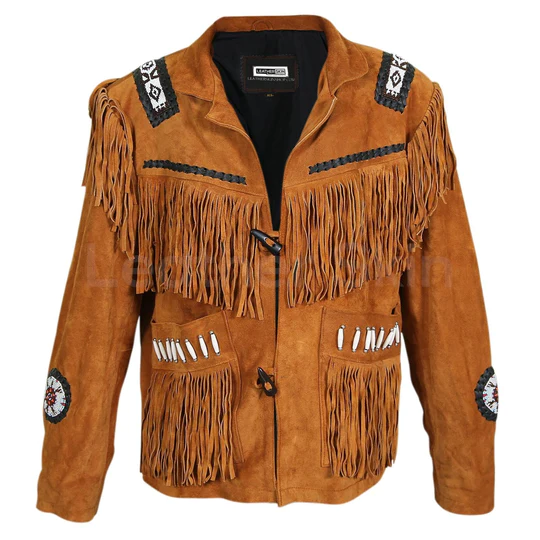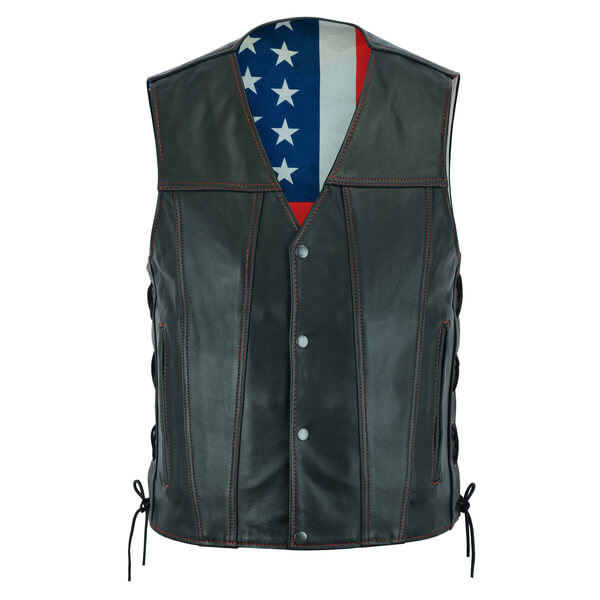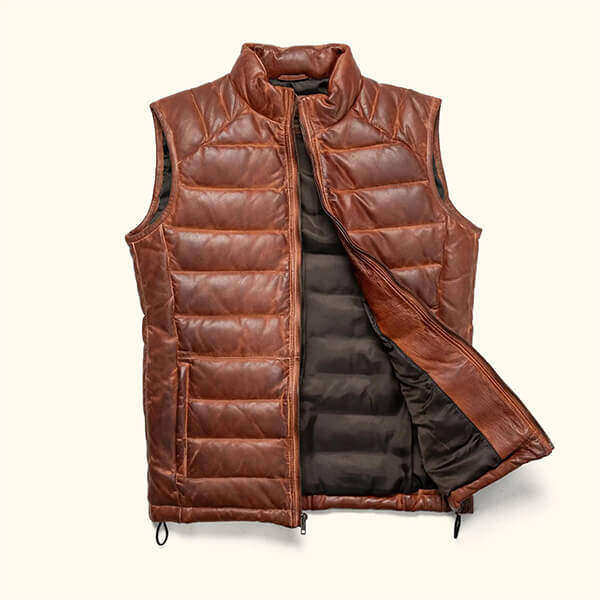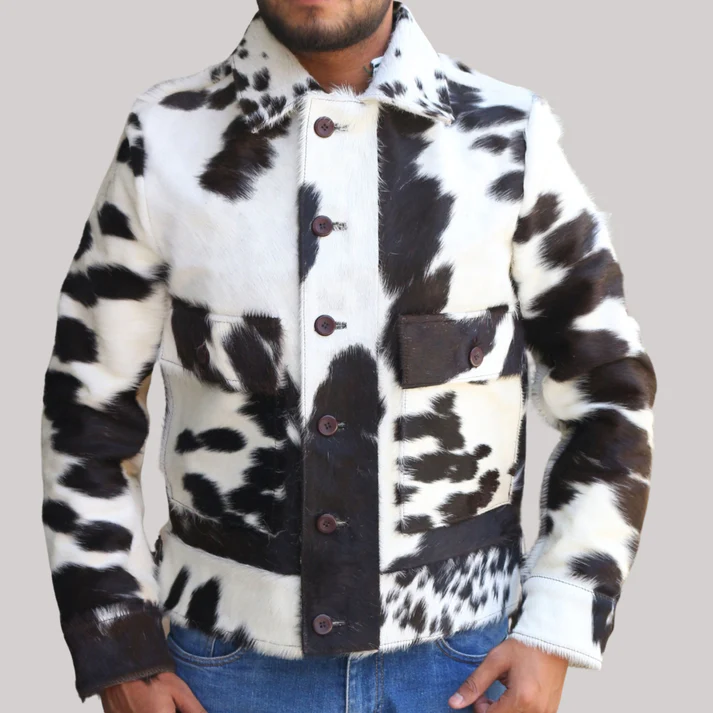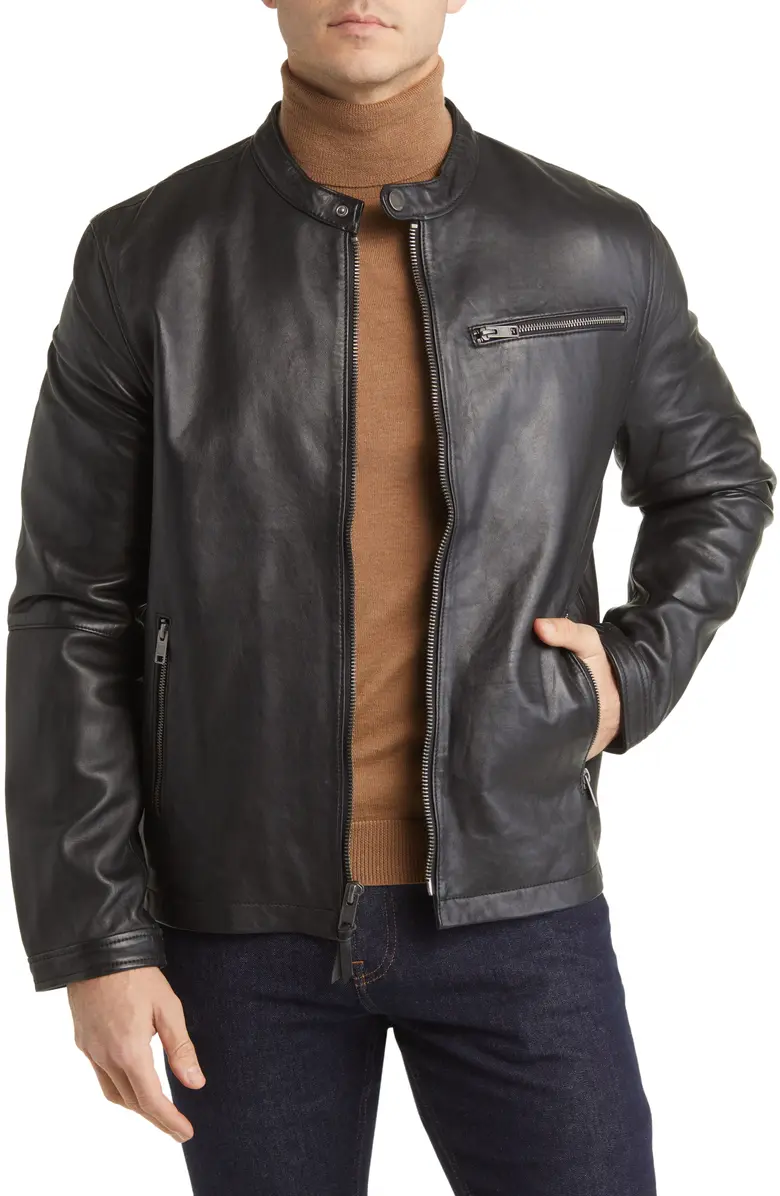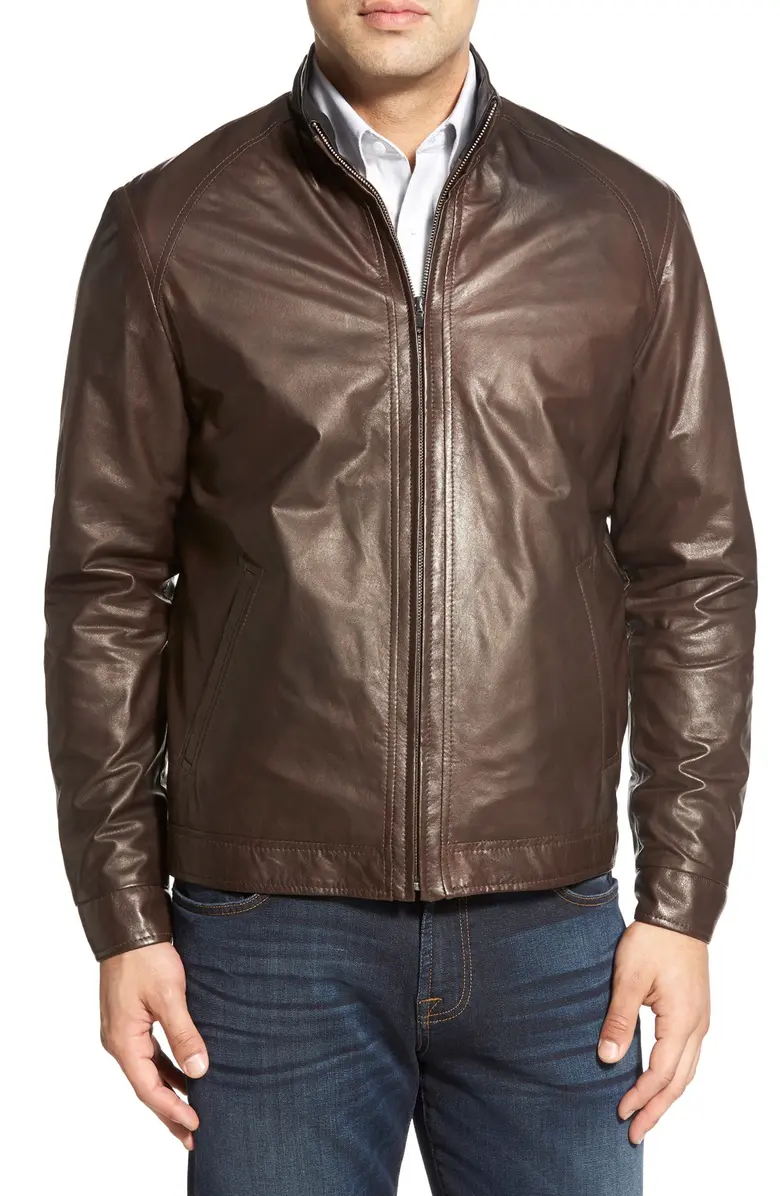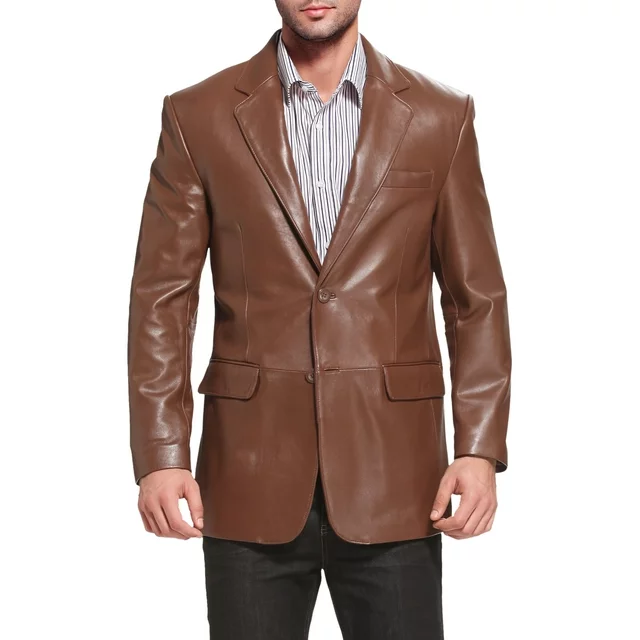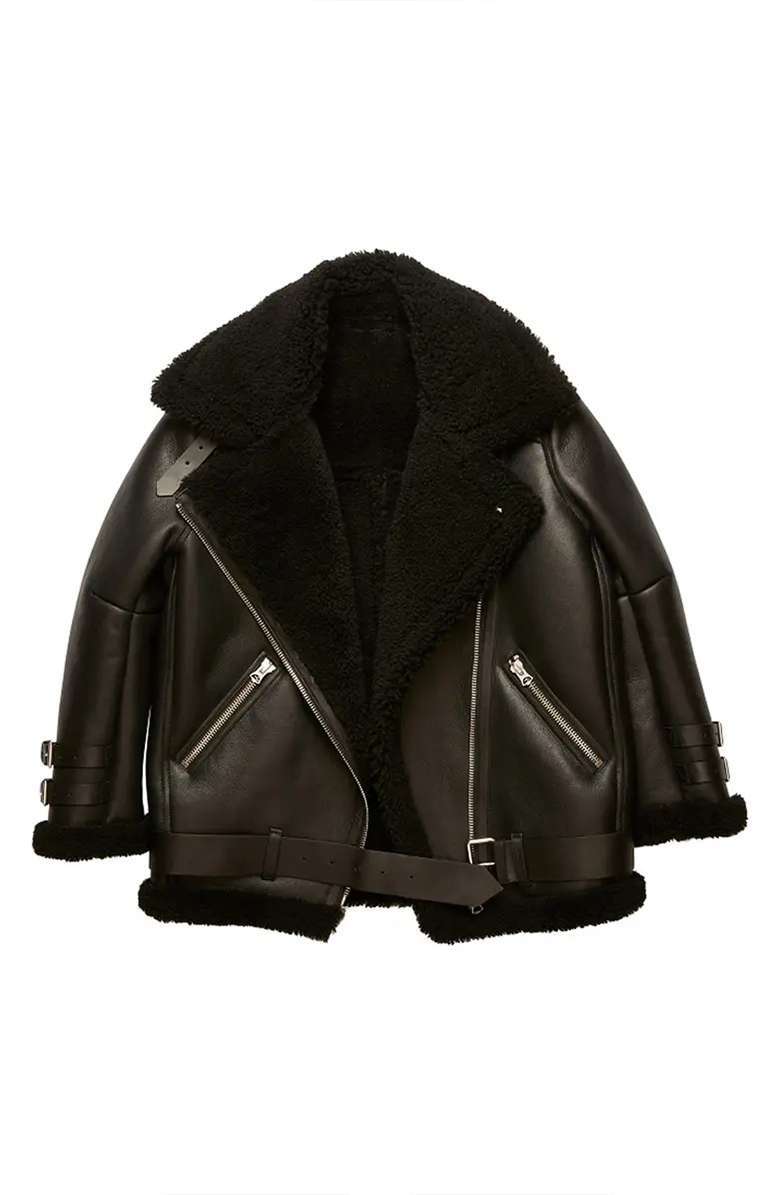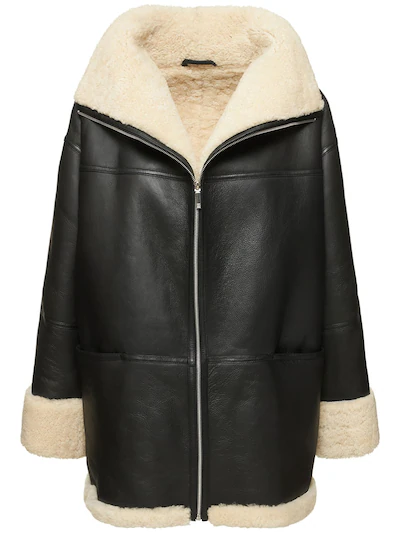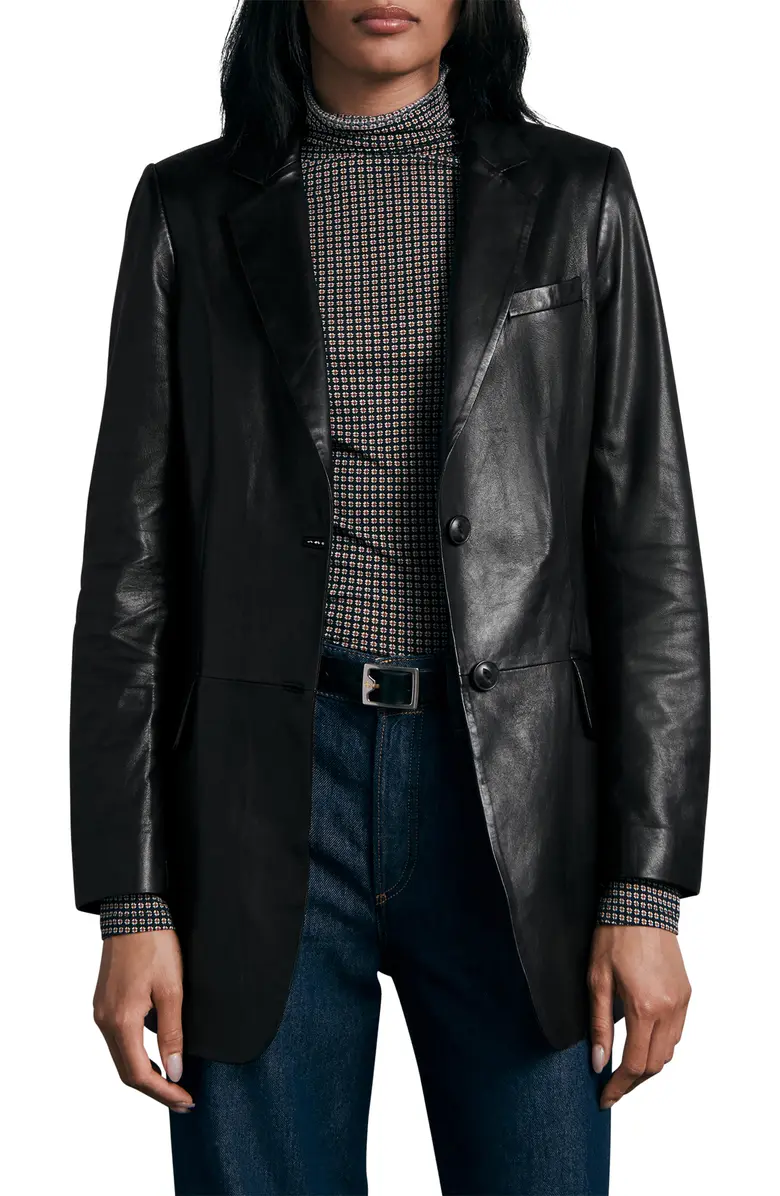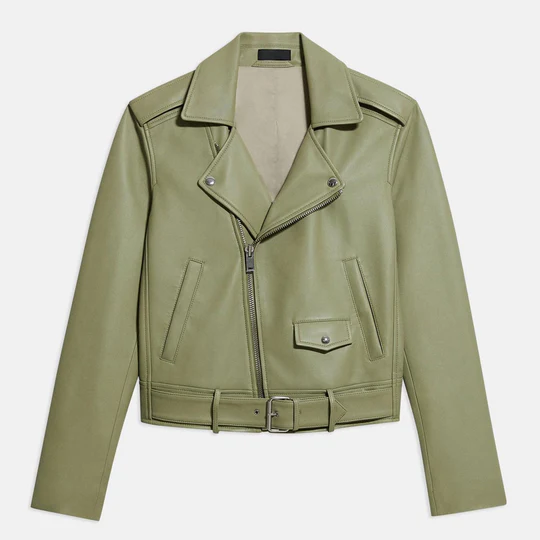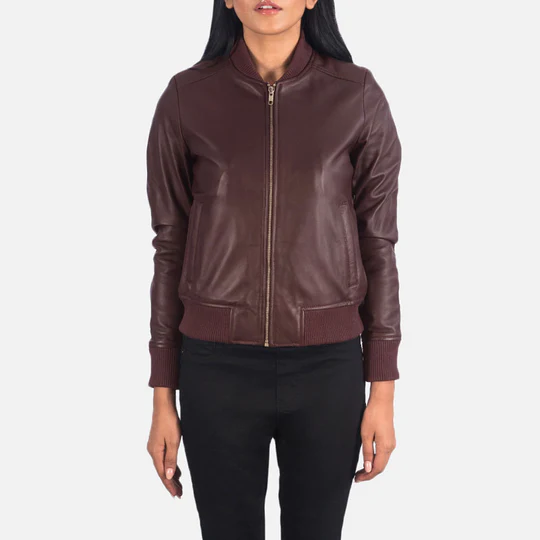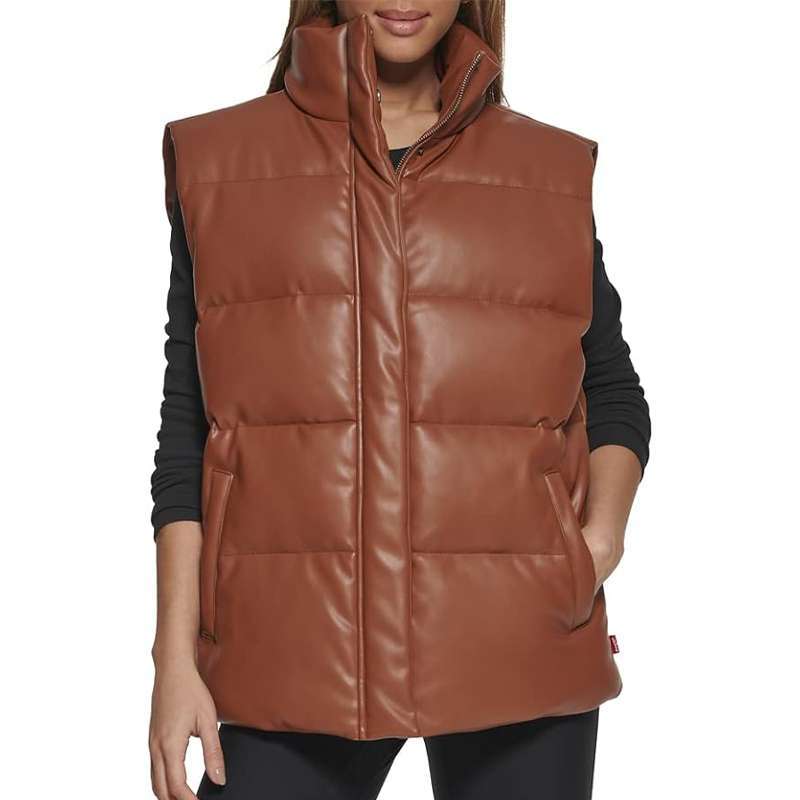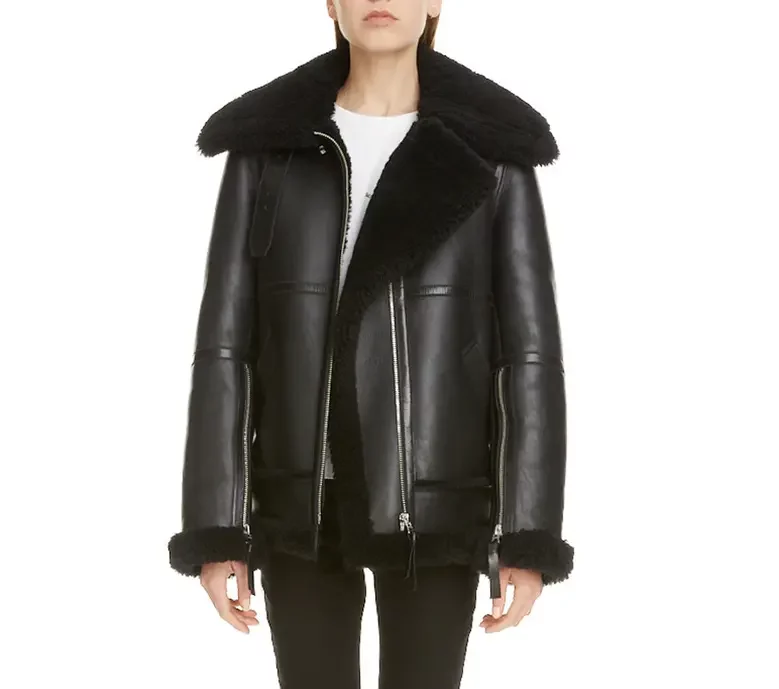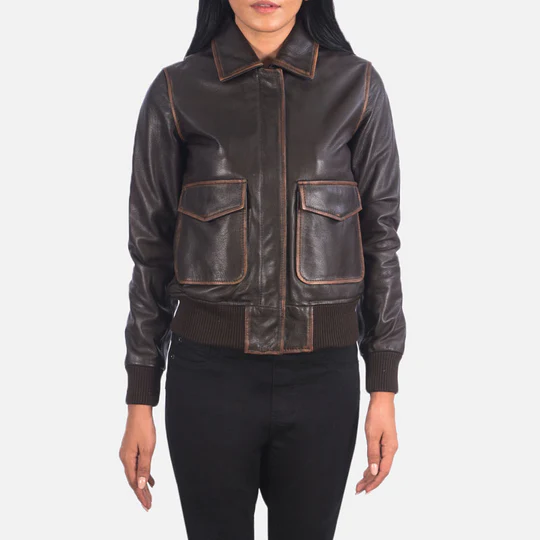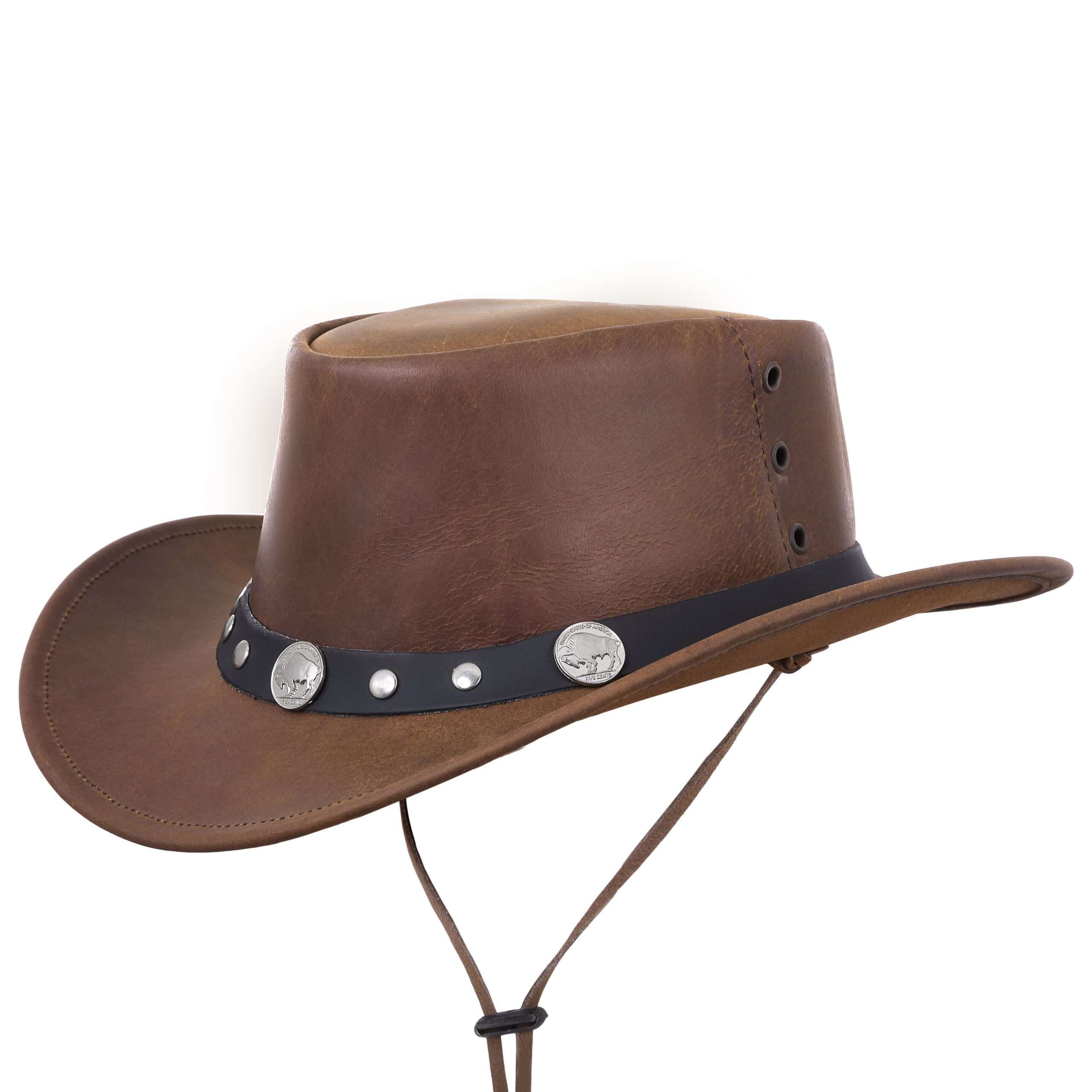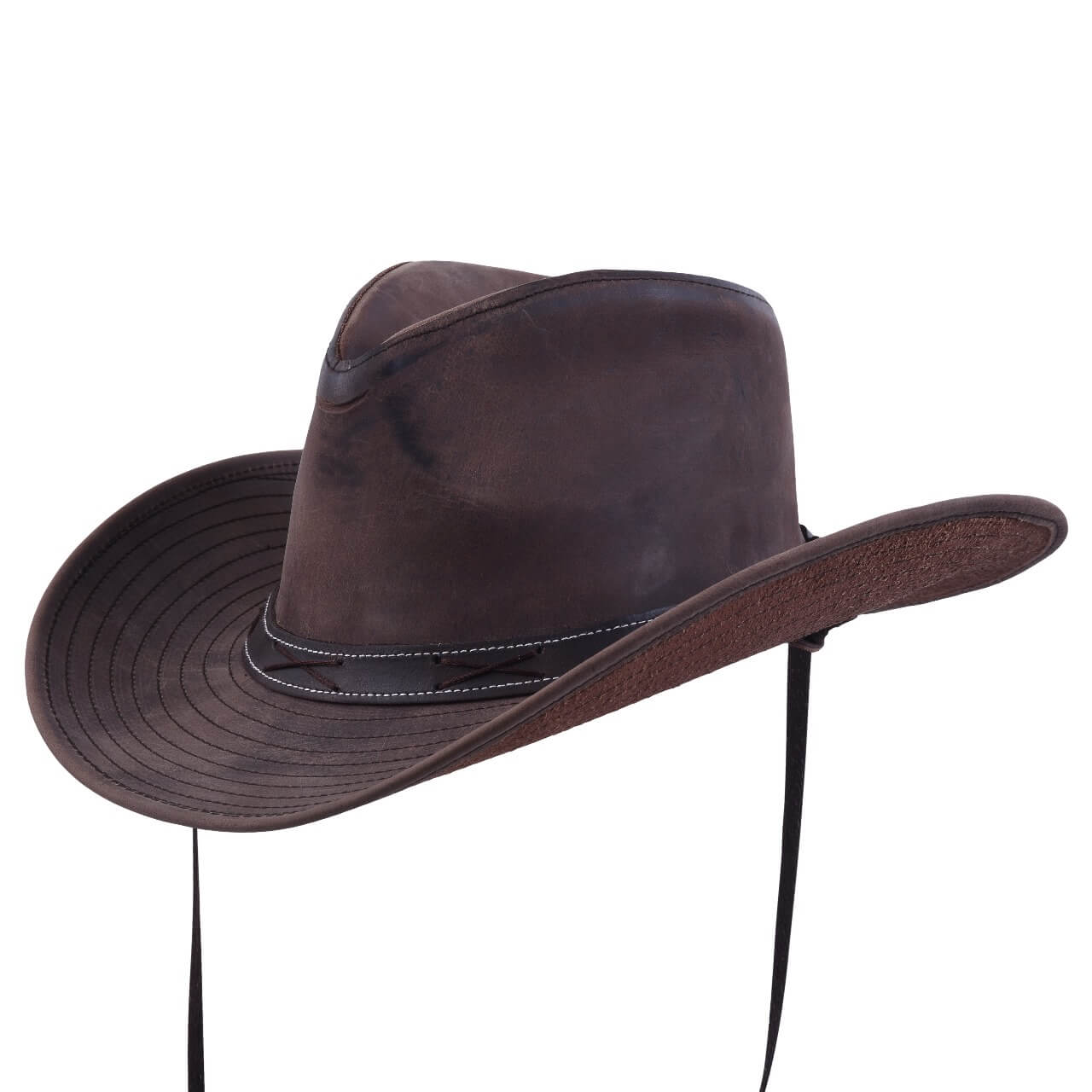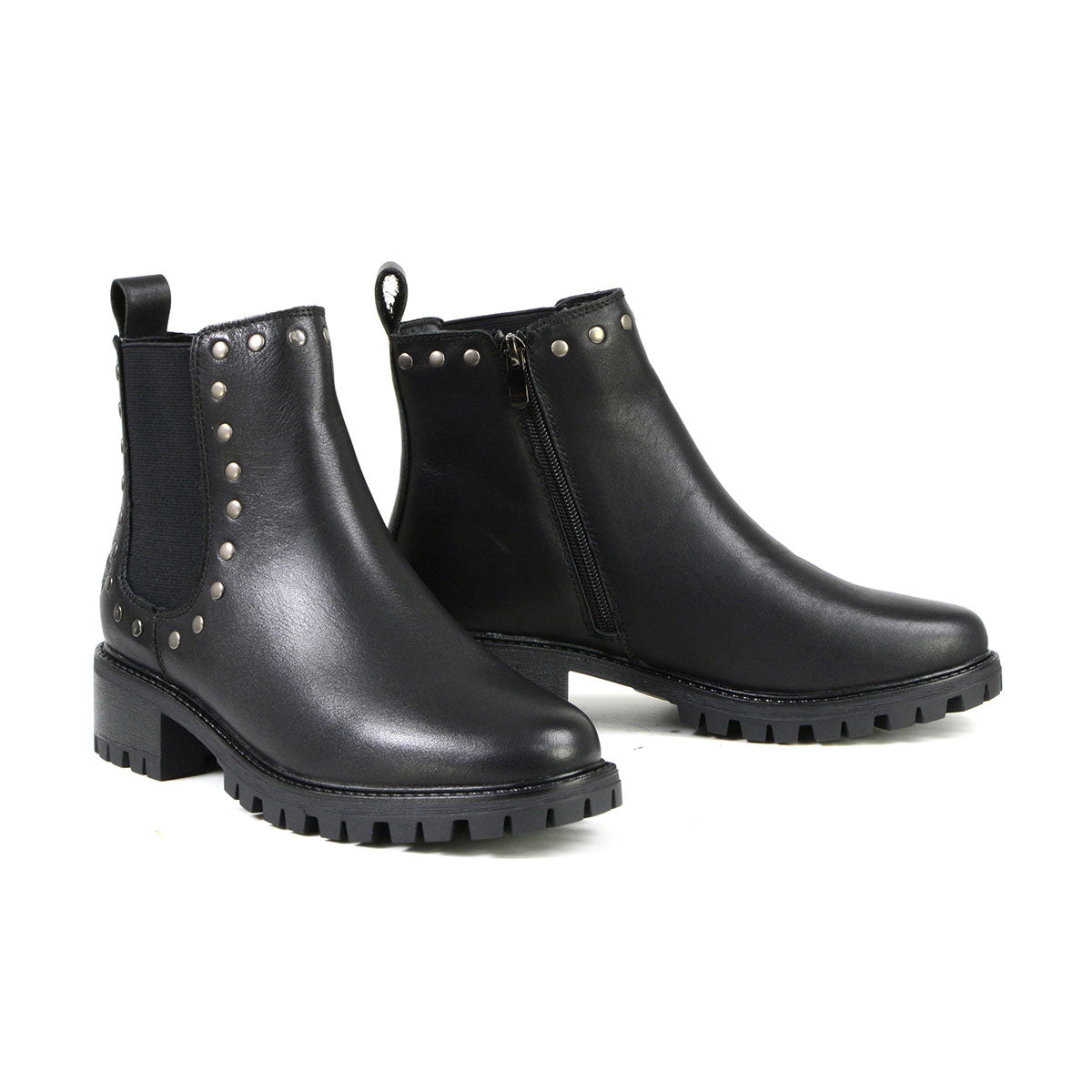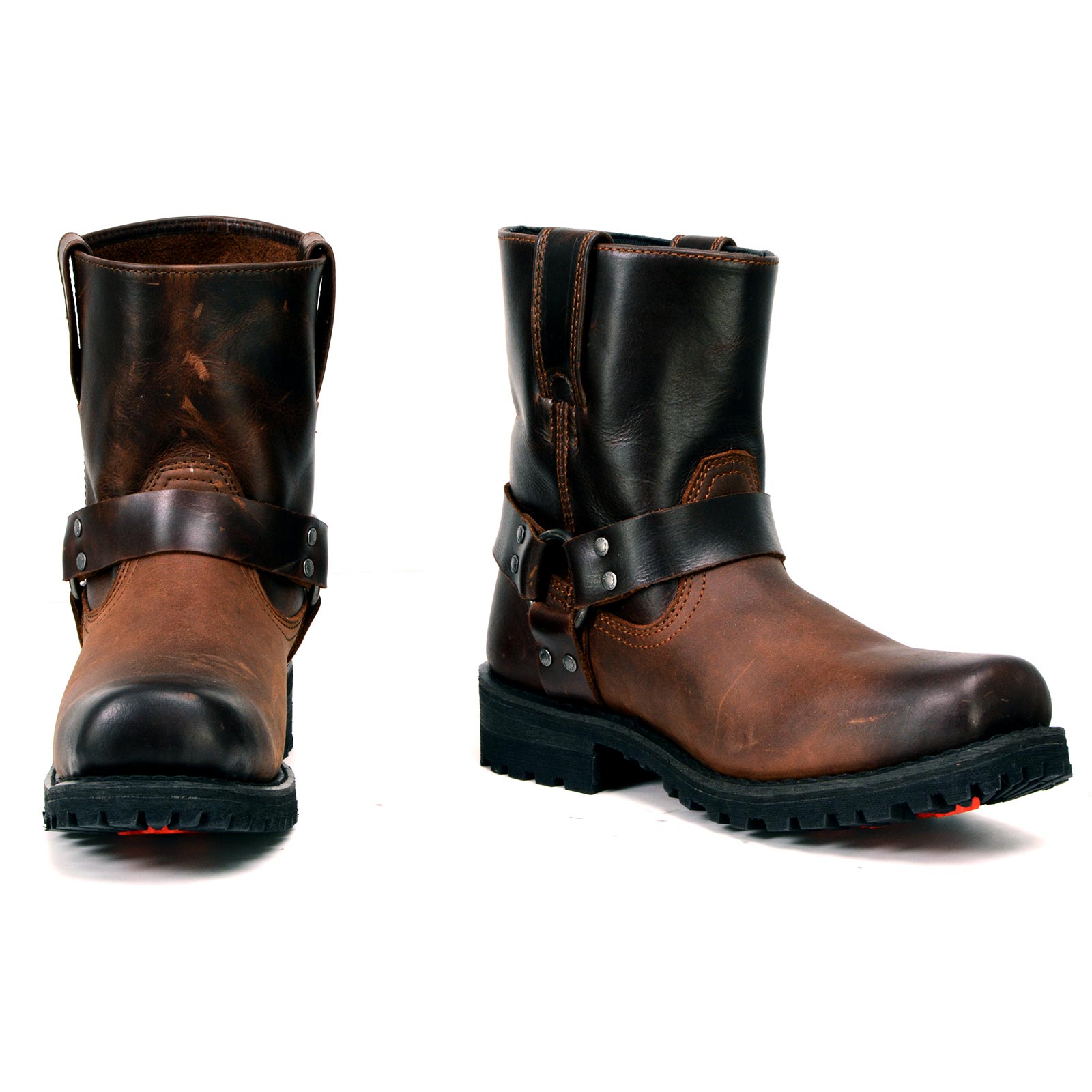Lambskin leather stands out for its luxurious softness, supple texture, and elegant appearance. Unlike tougher full-grain or cowhide leathers, lambskin offers a delicate feel that appeals to high-end fashion and accessory markets. Understanding how long lambskin leather lasts is crucial for making informed purchasing decisions, protecting your investment, and ensuring your items retain their premium look and feel over time.
Factors Influencing Lambskin Leather Durability
Quality and Grade of the Leather
-
Full‑grain vs. Corrected Grain: Top-tier lambskin is typically full‑grain, meaning the hide’s natural surface remains intact. Full‑grain lambskin can last 5 to 10 years or more with proper care, while corrected‑grain variants, which are sanded and re‑embossed, may show wear sooner.
-
Tanning Process: Vegetable‑tanned lambskin develops a rich patina over time, enhancing its character without compromising strength. Chrome‑tanned lambskin, while more resistant to water and stains, can deteriorate faster if exposed to harsh chemicals.
Thickness and Hide Selection
-
Hide Thickness: Lambskin leather is thinner (0.5–1.2 mm) compared to other leathers. Thicker hides naturally resist abrasion and punctures better, extending lifespan.
-
Hide Size and Quality: Larger, unblemished hides used for garments and premium handbags undergo fewer cuts and joints, reducing weak spots that can crack or tear.
Usage Patterns
-
Daily Wear vs. Occasional Use: A lambskin jacket worn daily through a busy commute will fatigue faster—around 2–3 years—whereas a handbag used occasionally can remain pristine for 8–12 years.
-
Activity Level: High‑friction environments (crowded subways, rough surfaces) lead to faster scuffs and abrasion. Light, careful use delays wear dramatically.
Common Signs of Aging in Lambskin Leather
Surface Scratches and Scuffs
Minor scratches often buff out with a soft cloth or specialized leather conditioner. Left untreated, they deepen and become more visible, signaling the need for professional restoration.
Color Fading and Patina
Exposure to sunlight and UV rays gradually lightens dye pigments. While a rich patina can enhance character, uneven fading may detract from aesthetic appeal.
Cracking and Dryness
Without proper moisturization, lambskin loses its natural oils, leading to fine cracks. Regular conditioning helps maintain suppleness and prevents brittle deterioration.
Stretching and Warping
Continuous stress at stress points (elbows of jackets, corners of wallets) causes stretching. Reinforcements in seams and linings mitigate this, prolonging structured shape.
Essential Maintenance for Prolonging Lambskin Leather Life
Regular Cleaning Routine
-
Dust Removal: Use a soft, dry microfiber cloth weekly to eliminate surface dust.
-
Mild Soap Cleansing: For deeper cleaning, apply a small amount of saddle soap or pH‑balanced leather cleanser with a damp cloth, gently wiping in circular motions.
-
Drying: Always air‑dry lambskin items at room temperature; avoid heat sources like radiators or hair dryers that can strip oils.
Conditioning and Nourishment
-
Frequency: Condition lambskin every 3–6 months, depending on climate and usage intensity.
-
Product Selection: Opt for lanolin-based or neatsfoot oil conditioners specifically formulated for delicate leathers.
-
Application: Apply sparingly; buff off excess to prevent stickiness and attract dust.
Protective Measures
-
Waterproofing Sprays: Lightly mist a silicone‑based, breathable water repellent to guard against spills and rain. Reapply after every 6–8 cleanings.
-
Storage Best Practices: Store items in a cool, dry place. Use padded hangers for jackets and dust bags for accessories. Insert acid‑free paper to maintain shape.
Impact of Environmental Conditions
Humidity and Temperature
-
High Humidity: Encourages mold and mildew growth. Maintain indoor humidity around 40–50%.
-
Dry Climates: Accelerate oil evaporation. Increase conditioning frequency accordingly.
-
Extreme Heat: Causes dye migration and leather hardening; avoid direct sunlight and hot vehicles.
Air Quality and Pollutants
Industrial pollutants and cigarette smoke can dull lambskin’s natural luster. Air‑purifying environments and smoke‑free storage areas significantly enhance longevity.
Repair and Restoration Options
Minor Touch‑Ups
-
Scratch Repair Balms: Tinted leather balms restore color and fill superficial scratches.
-
Edge Paint: For worn edges on belts and straps, edge paint kits deliver seamless coverage.
Professional Reconditioning
-
Full‑Service Restorers: Offer deep cleaning, re‑dyeing, and structural repairs.
-
Re‑padding and Re‑lining: Address interior wear to support exterior longevity, especially for jackets and upholstery.
Anticipated Lifespan by Product Type
| Product | Typical Lifespan | Key Considerations |
|---|---|---|
| Jackets & Coats | 3–7 years | High‑stress points at elbows; regular conditioning |
| Handbags & Clutches | 8–12 years | Shape maintenance; avoid overstuffing |
| Wallets & Small Goods | 5–10 years | Frequent handling; reinforcements on seams |
| Footwear (Luxury) | 4–8 years | Soles and stitching wear; resoling extends life span |
Maximizing Return on Investment
-
Resale Value: Well‑maintained lambskin pieces can retain up to 50% of retail value on secondary markets.
-
Heirloom Pieces: Investment‑grade items become family heirlooms when properly cared for, transcending decades.
-
Sustainable Fashion: Extending the life of lambskin aligns with eco‑conscious consumption, reducing landfill waste and supporting slow fashion principles.
Conclusion
Lambskin leather offers unmatched luxury, softness, and elegance, but its delicate nature demands informed care. By selecting high‑quality full‑grain hides, adhering to regular cleaning and conditioning routines, and protecting against environmental stressors, you can enjoy lambskin leather items for years—even decades. Investing time in maintenance not only preserves the rich texture and vibrant color but also maximizes resale value and aligns with sustainable fashion goals.
Frequently Asked Questions
1. How long does high-quality full‑grain lambskin leather typically last?
When properly cared for, full‑grain lambskin leather can maintain its integrity and beauty for 5 to 10 years, or even longer. Regular cleaning and conditioning are key to preventing dryness and cracking.
2. Will lambskin leather fade if exposed to sunlight?
Yes, prolonged UV exposure can cause color fading and uneven patina development. To minimize fading, store lambskin items away from direct sunlight and consider using UV‐resistant covers or curtains.
3. Can I clean lambskin leather with regular soap and water?
It’s best to use a pH‑balanced leather cleaner or specially formulated saddle soap. Harsh detergents and excessive water can strip natural oils and lead to stiffness or cracking.
4. How often should I condition my lambskin leather items?
Aim to condition lambskin every 3–6 months, depending on climate and usage. In dry or sunny environments, you may need to condition more frequently to retain suppleness.
5. Are lambskin leather jackets more prone to scratches than cowhide?
Yes. Lambskin’s finer grain makes it more susceptible to light scratches and scuffs. Most minor marks can be buffed out with a soft cloth or a tinted leather balm.
6. Is it safe to use waterproofing sprays on lambskin?
Absolutely—as long as you choose a breathable, silicone‐based water repellent designed for delicate leathers. Apply sparingly and reapply after every 6–8 cleanings to maintain protection.
7. How should I store my lambskin accessories when not in use?
Store in a cool, dry place away from direct light. Use padded hangers for garments, dust bags for bags, and acid‑free tissue paper inside to preserve shape and prevent creasing.
8. Can professional restoration extend the life of my lambskin leather?
Yes. A skilled leather restorer can perform deep cleaning, re‑dyeing, and structural repairs—often adding several years of life to well‑loved pieces.
